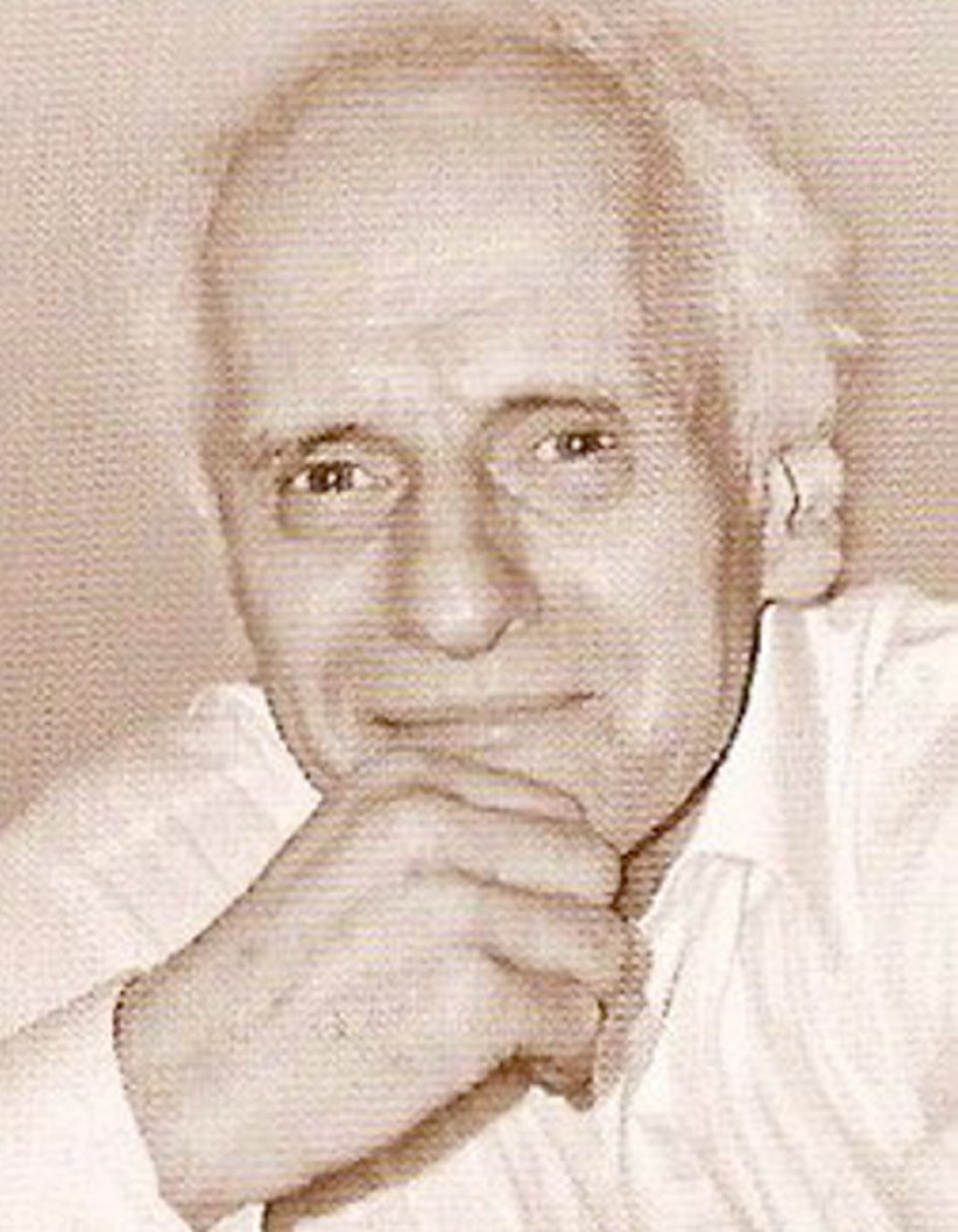George Essihos blazed a singular path through the Victoria jazz community during nearly 60 years of maverick teaching and performance, which earned the celebrated pianist a reputation as one of the best in the business on both fronts.
Essihos died Wednesday at Victoria General Hospital, from complications due to pneumonia.
His peers will remember him for his wild ways and eccentric personality. “Victoria’s Chopin” is how Catherine Allison, a former student who co-owns Allison Piano on Government Street, described Essihos, who was born in 1934. Daniel Lapp of the Victoria Conservatory of Music, where Essihos taught for 15 years, compared him to New York piano-playing legend Bill Evans.
Essihos’s style wasn’t for everyone. For years, he gave lessons out of an unkempt studio in the basement of an Oak Bay church. The studio became a room of much renown. “The only people who didn’t take lessons with George were those with cat allergies,” Lapp said with a laugh. “His cats were always sitting on the piano or at your feet while you played.”
Years later, he became a dog lover, with a standard poodle named Gershwin.
Don Leppard was the drummer in the George Essihos Trio for close to 30 years. For the duration of his time in the group, he marvelled at the way Essihos handled himself on and off stage. Concerts were sporadic; rehearsals even less so. Nonetheless, songs from his Extraordinary Measures album from 1995 are still played on the Seattle radio station formerly known as KPLU, Leppard said.
“He was a little different, and he wasn’t a talker. We’d do a rehearsal, and minimal words were said. It wouldn’t even be much of a rehearsal. We’d run four bars, and he’d say, ‘OK, do it that way.’ And then we’d run through it and he’d do it differently.”
The pianist could be difficult. “If he sat down at the piano and heard one note out of tune on that piano, forget it. He’s going home,” Leppard said. “But he was a real genuine human being. He loved everybody.”
Joey Smith, who played bass with Essihos and Leppard for more than 20 years, remembers the pianist as a delightfully unpredictable player. “In the beginning, I’d try to write out little maps, to follow the way he would navigate through songs,” Smith said. “He had all these arrangements where he’d mix classical in with jazz, which was something I had to have a map for, because he had his own way.”
For Essihos, there were no wrong notes, just wrong approaches. He taught through feel, which he put above theory in terms of importance.
“People who had only three lessons with him give him a tremendous amount of credit,” Allison said. “If you couldn’t read a note on the page, he could teach you to play by ear. George was all about closing the book. That was his gift to people.”
Renate Essihos, his wife of 20 years, will remember his “unique and sensitive touch” at the piano. He developed a teaching style he called Osmosis, she wrote in an e-mail. “His demonstration of such a close relationship with the piano inspired others to find themselves there.”
Smith said he always seems to encounter musicians around the city who were taught by Essihos. To a person, they were all shaped by the experience, he said. “I’m constantly running into people who had studied with him through the years. He was so well-respected.”

-thumb.png;w=120;h=80;mode=crop)

